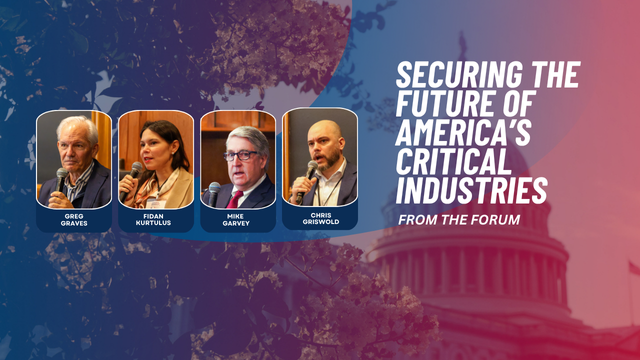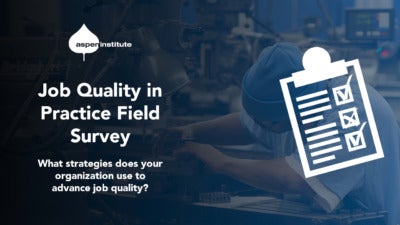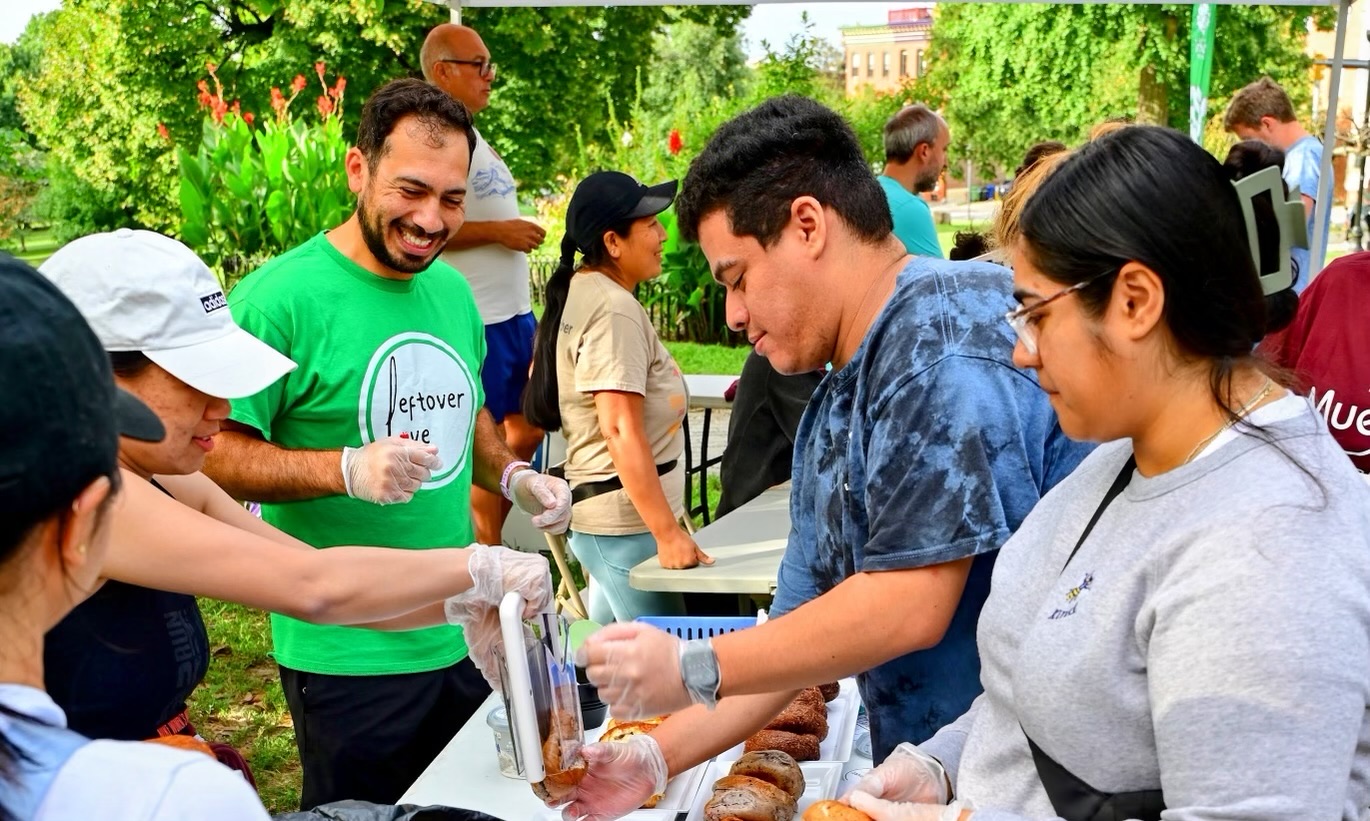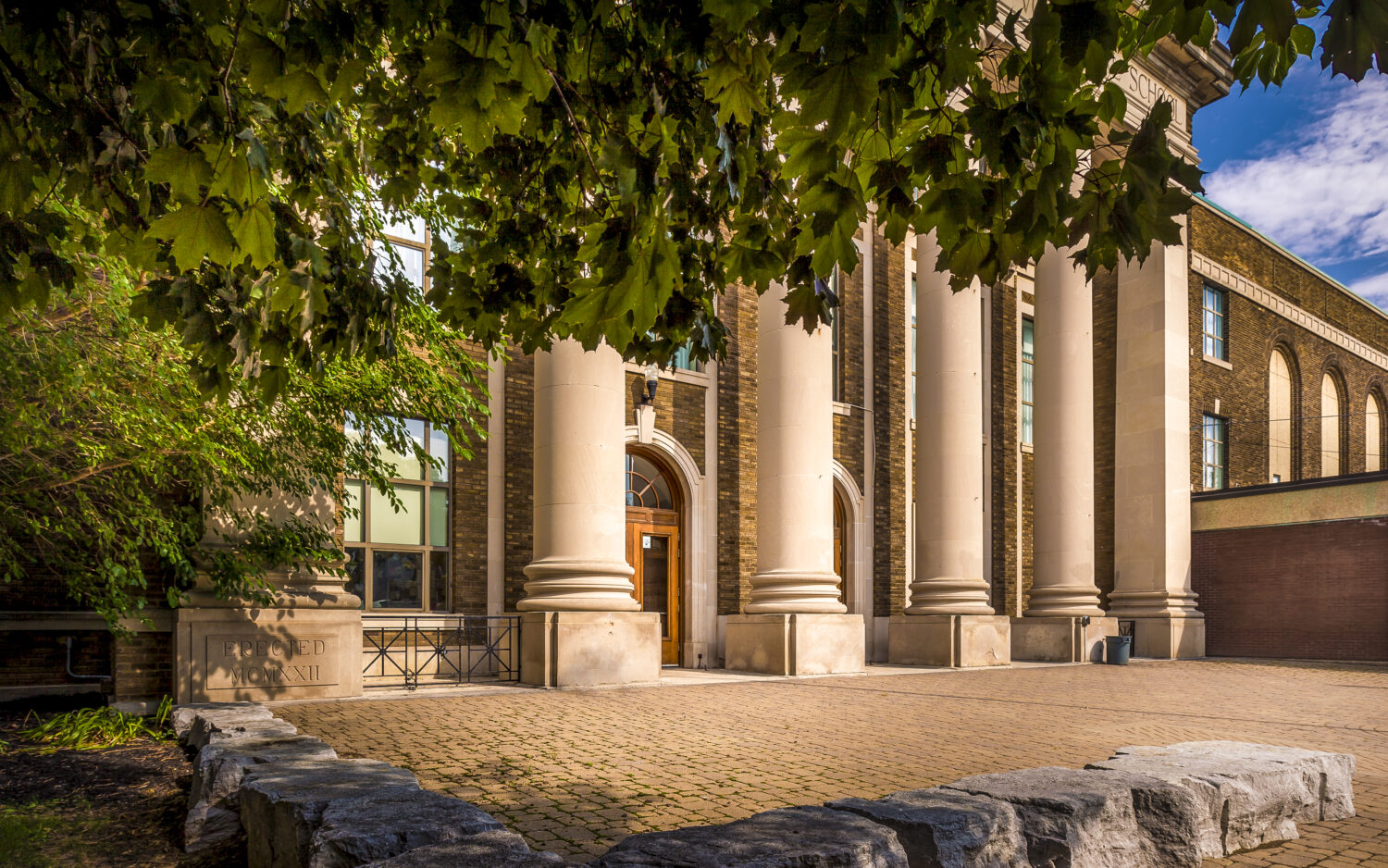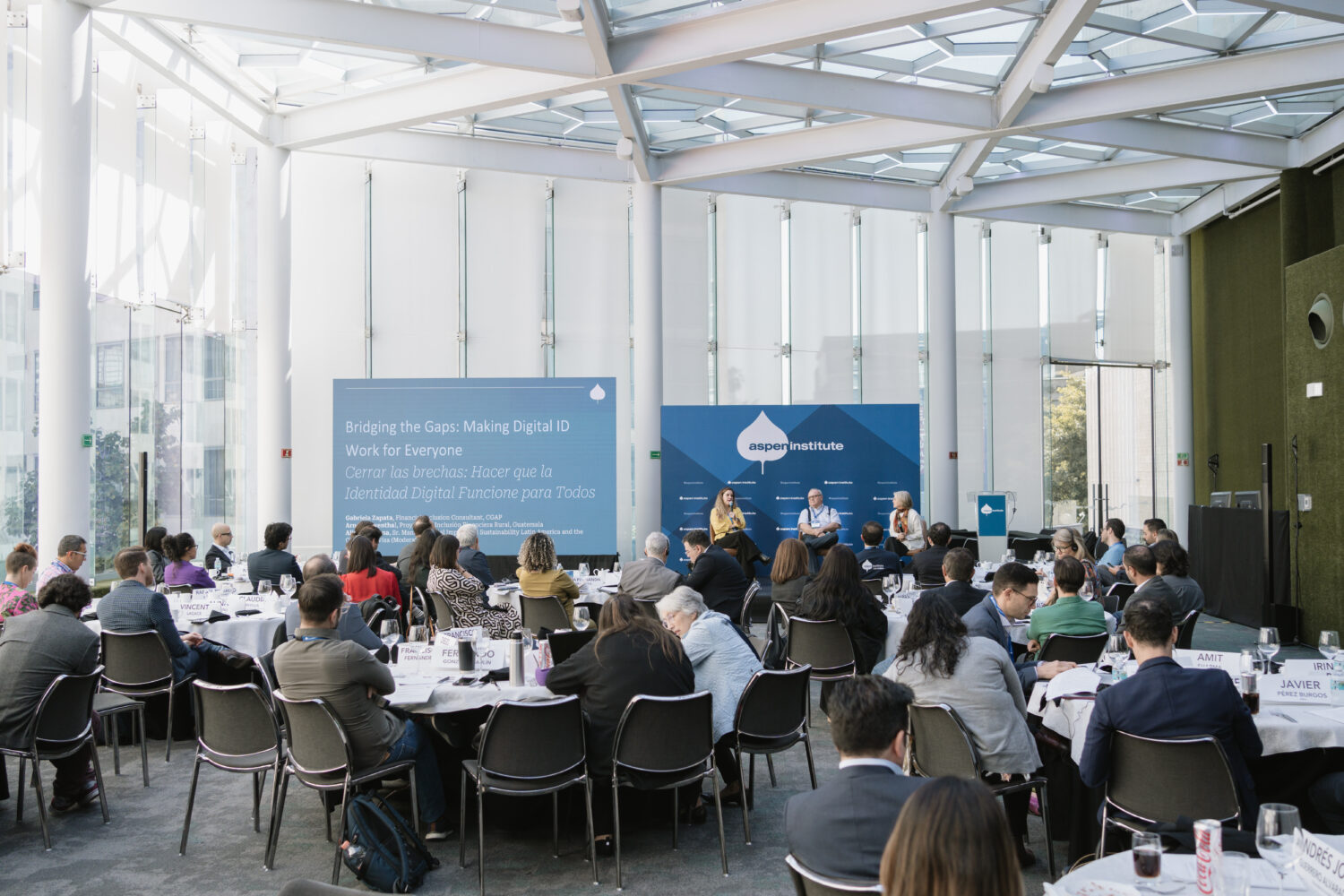Prize-winning Approaches: How a Great Community College Builds Up Students and a Regional Economy
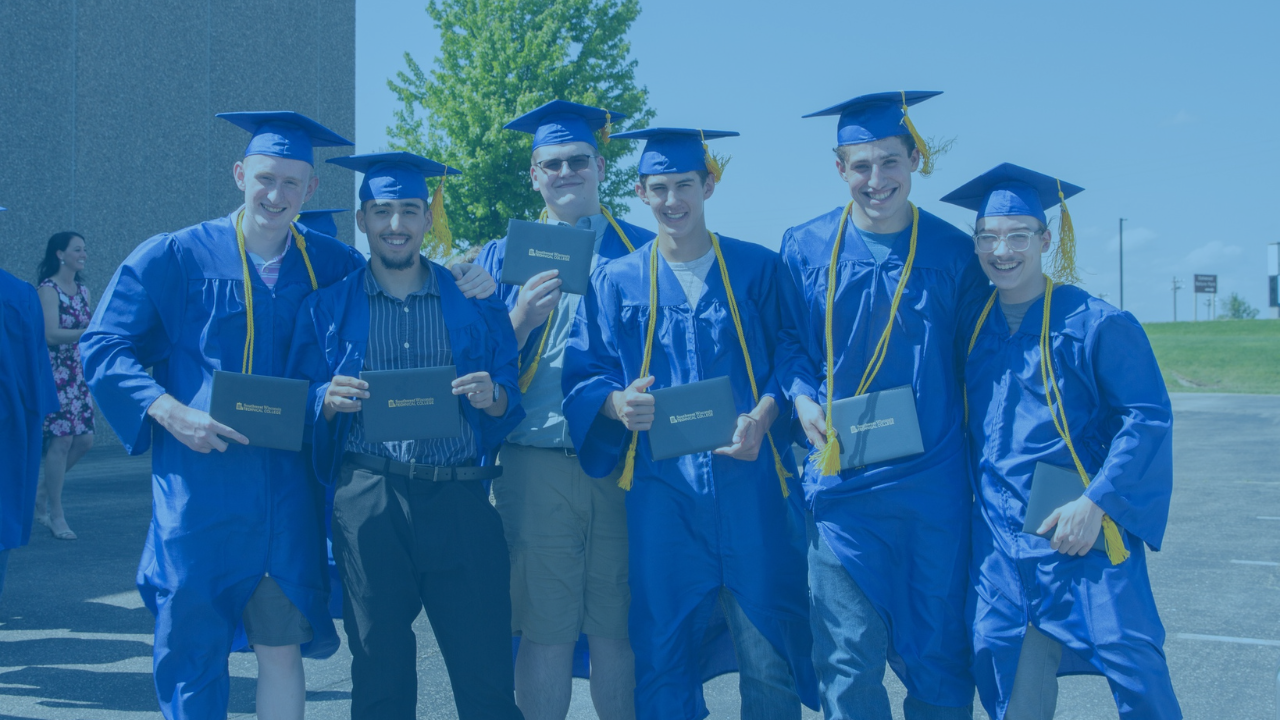
Community colleges enroll around 40 percent of all undergraduates in the country, offering affordable, close-to-home college education for the people in their communities. The vast majority of students attend for one of two reasons: to get a credential that leads directly to the workforce and a good job, or to transfer and successfully earn a bachelor’s degree.
Southwest Wisconsin Technical College — known colloquially as Southwest Tech — is a two-year college located in rural Fenimore, Wisconsin, serving 3,700 students and 30 K-12 districts. It is a standout among community colleges, with a graduation rate of 54 percent—well above the 35 percent national average—and a laser-focus on strong teaching and learning and on its students getting good-paying jobs.
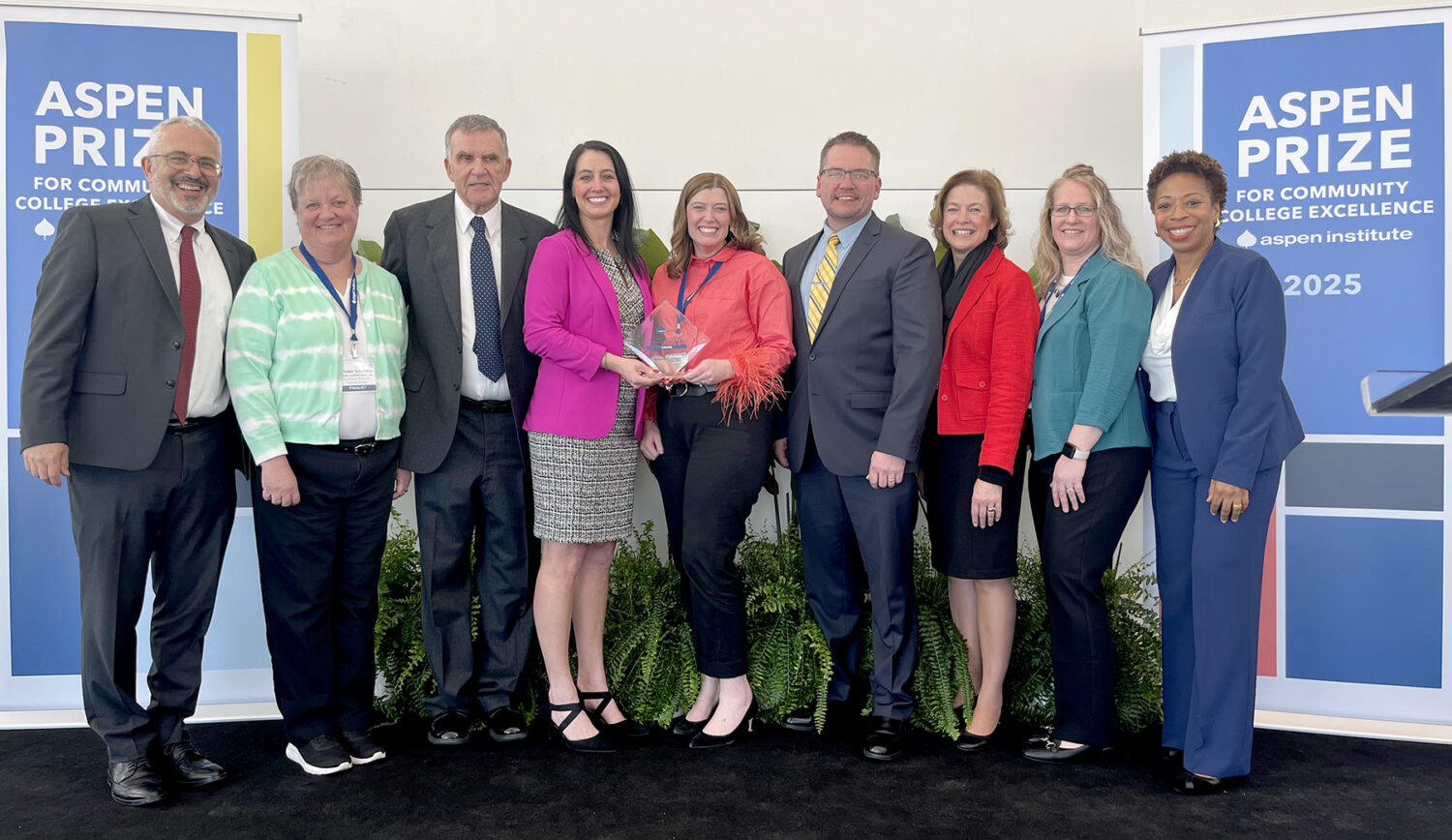
Southwest Tech was recently named the top community college in the country, winning the Aspen Prize for Community College Excellence. The college was recognized, in particular, for its work to make sure no students graduate into poverty, a goal furthered by classifying its programs as leading to high-wage, medium-wage, or low-wage jobs and then either reforming or eliminating those that did not lead to a living wage. Their focus on post-graduate success is paying off for students: Five years out of college, graduates earn nearly $14,000 more than the average for new hires in the service area.
The college serves both students and the regional economy through work-based learning, which gives students hands-on training in skills that help them secure good-paying jobs and increases the value that students bring to employers. Southwest Tech set a goal that all of their programs will have work-based learning by the end of the next academic year, and all of their programs will have a for-credit internship before the end of 2026. College leaders also solicit feedback from regional employers — asking them what students need to know to complete for jobs, and what skills would raise their wages — and incorporate those suggestions into the curriculum.
Holly Clendenen, Chief Student Services Officer, is the project lead for Southwest Tech’s participation in the Aspen Unlocking Opportunity cohort (she’s also an Aspen Rising Presidents Fellow alumna) and oversees efforts to ensure every student has an individualized success plan before starting college. Chief Communications Officer Katie Glass, alongside Clendenen, helped expand individualized student success plans from program students to dual enrollment students.
Together, they championed the adoption of a 1.0/2.0/3.0 framework — Access, Completion, and Post-College Success — grounded in the belief that all students deserve the opportunity to enroll in college, that all students can complete, and that all students should be prepared to earn family-sustaining wages. Their collaboration helped ensure that every strategic initiative remained student-centered, equity-driven, and aligned with the college’s mission to transform lives and strengthen communities.
Also together, they joined us for an interview to talk about their successes, their challenges, and the things they’ve learned making Southwest Wisconsin Technical College a model for community colleges across the country.
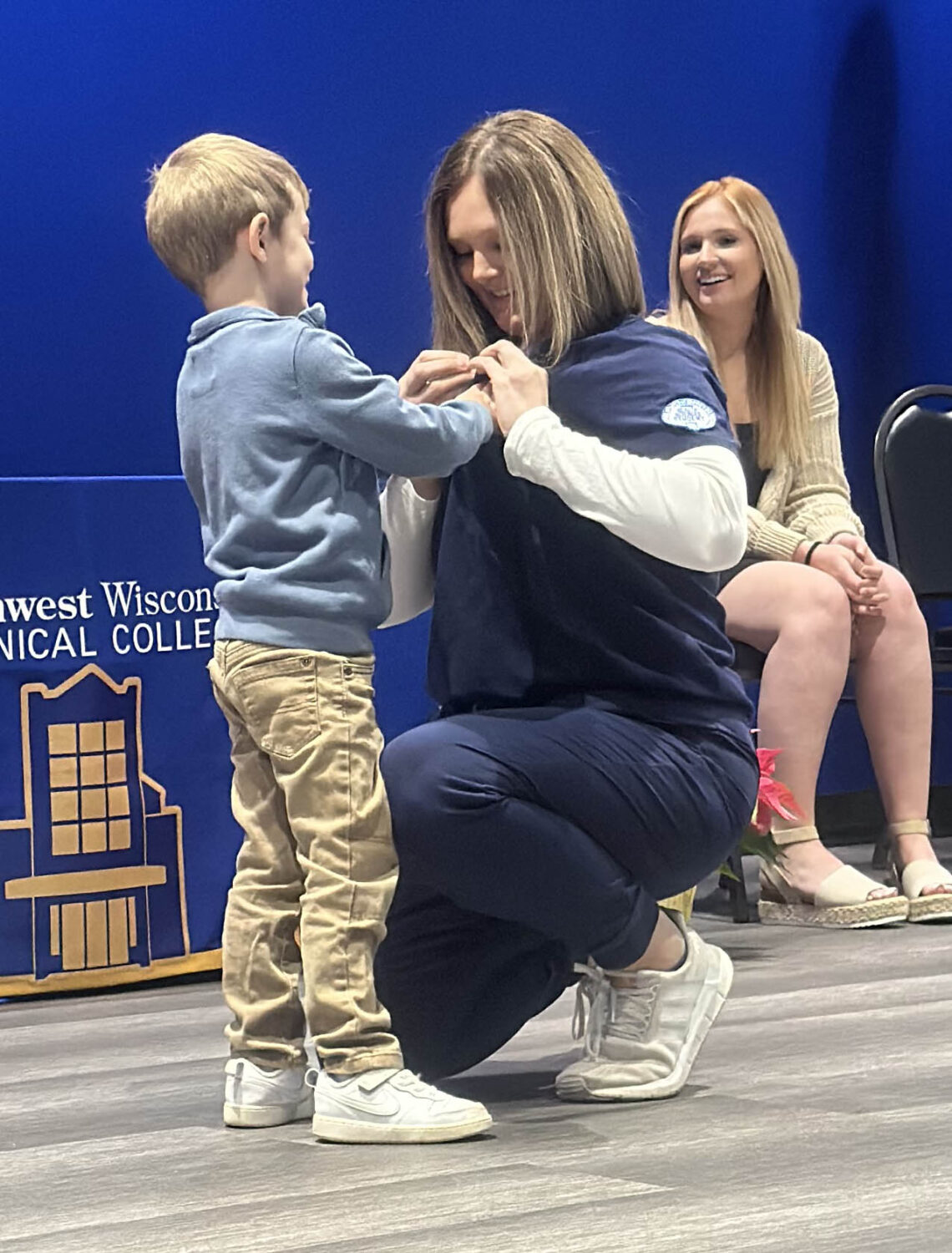
What one thing do you wish more people knew about the work you do, or about community colleges in general?
Holly Clendenen: I came from a four-year institution, but I’ve always been in southwest Wisconsin. I grew up here, and I don’t think I really understood until I was at Southwest Tech what a difference we make for students. I love our graduation ceremony, because so many of our students have families and you get to see the young kids who are so proud of mom and dad who are graduating. I wish more people understood the difference that two-year colleges can make for individuals and their families.
Katie Glass: I would add how essential we are to the workforce in our region. I truly believe our success and the economic sustainability of our whole region are tied together. How quickly we respond to workforce needs and demands can make a huge difference in what companies want to come to our area. So, our thought process for what programs we want to add and what curriculum we want to change — we take that very seriously, because we know the responsibility that we have to our region and the workforce.
What are the problems you are trying to solve?
Holly Clendenen: First, we identified that we had a lot of students starting college but not finishing and graduating. Second, some of our students were coming to college to get a degree or diploma to get a better job, but they weren’t earning family-sustaining wages at those jobs after graduation. The third part we are relatively new to, which is transfer outcomes. Students may be graduating from Southwest Tech, but they weren’t going on to complete that bachelor’s degree, which a lot of the data shows is aligned with those higher paying jobs.
I don’t think Southwest Tech was unique in those challenges; graduation rates nationally are something that colleges are working towards improving, as well as post-college outcomes. Post-college outcomes are really something that the Aspen Institute College Excellence Program and the Community College Research Center brought to the forefront.
We’ve always been very industry-aligned with our programs and responsive to workforce needs, but we also saw we had opportunity to improve some of our programs that weren’t in that high-wage category.
How did you attack those problems? What’s unique about your approach?
Holly Clendenen: One piece that’s unique to Southwest Tech is our individual student success plans. We have the traditional academic map and making sure students know what courses they need to take when. What we’ve done is made it a three-component plan. We have students do a career assessment, either before they apply or as part of their admissions process, where we talk to them about their career goals, interests, and skills. We have meaningful conversations about their career goals and how our programs align with those, or what opportunities might be out there to support those goals. That includes conversations about wages, especially if they’re selecting programs that are in our low- or medium-wage categories.
We have that academic map conversation, then we’ve added conversations about a support plan. We talk with students up front about things that may be changing for them or that may be a barrier for them completing. We talk to them about what resources we have or can connect them with — everything from academic support and tutoring to childcare or transportation. We have that conversation before they even start classes, to help alleviate those barriers before they become a challenge that might keep them from being successful.
By helping them understand the full cost of college and life, we not only reduce the risk of financial surprises but also equip them with essential money management skills.
The third part of our success plans is a financial plan. This is unique. All of our students, before they register for their first semester, meet one-on-one with someone from our financial aid department, and they go through not only the cost of college with tuition and fees, but also the cost of living while they’re in college. For every student, that’s a little bit different. We have traditional students living in student housing, and we have nontraditional students who are working and taking care of family. After we talk about expenses, we talk about income: if the student’s working, if they have savings, if they have financial aid, if they have employer tuition reimbursement. When the student leaves that financial plan meeting, they have a clearer picture of what their financial situation is going to look like once they start their classes.
This personalized financial planning process is often a turning point for students, especially those who have never created a budget before. By helping them understand the full cost of college and life, we not only reduce the risk of financial surprises but also equip them with essential money management skills. It’s a transformational step that prepares students to complete their education and navigate life with greater confidence and stability.
Did you set concrete goals, and are you meeting them?
Holly Clendenen: We have college health indicators, which are the high-level measures we look at once a year and use to set strategic directions and goals. For our Student Success plans, we had a goal that all program students will have a success plan with all three components. Now, all of our new students have a plan and all of our continuing students have at least an academic map and support plan. Not all of our continuing students have done a career assessment because they were already in their program when we started the project.
We also set a goal to have all of our students with a financial gap to have a decreased gap because of the work we do with their financial plan. We changed our scholarship awarding process, and now instead of having students fill out a scholarship application, we use our Student Success Plan as their application, and their financial plan is required for them to be eligible for scholarships. About 99% of our scholarships so far in 2025-26 have been awarded to students with a financial gap.
We want to make sure we’re bringing resources to those students who we know have financial challenges. We’re also connecting those students with third-party organizations that can help, whether that’s county organizations or state organizations. And we’re also making sure students are filling out that FAFSA, since we had some students who were leaving some federal financial aid on the table because they weren’t sure how the process works or how to be eligible.
What does that mean for Southwest Tech to win the Aspen Prize?
Katie Glass: It shows you don’t have to be big to do amazing things and achieve amazing results. Too often, rural colleges see their size or limited resources as barriers to success, but winning this award is a powerful reminder that with vision, commitment, and a student-centered approach, even a small rural college can deliver national-level excellence — without million-dollar endowments or corporate partnerships.
I’ve also heard a lot of leadership at our college say winning this award was not an end. This is an indicator that we are on the right path, and that this is more of a beginning — an affirmation that we are doing the right things. Now we’ll keep doing those right things and building on the work we’ve done already.
Any final thoughts?
Holly Clendenen: When you’re thinking about reform, it’s important to think big picture and how you can help everybody, not just pockets of students. That’s something we’ve tried to reframe our conversations and decision making on: Is this going to help a group of students, or is this going to help all students? And if something’s working now for a small group, what do we need to do in order to bring it to everybody?

